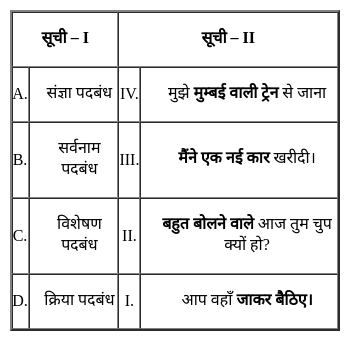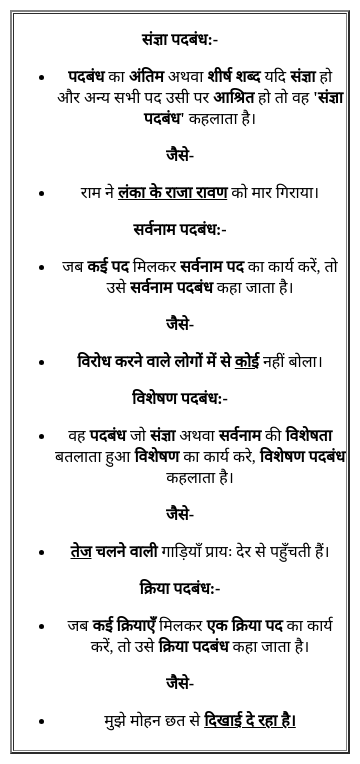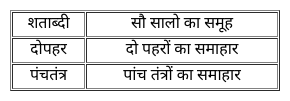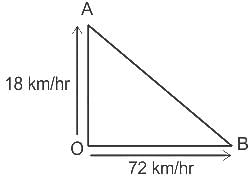KVS PRT Mock Test - 10 - KVS PGT/TGT/PRT MCQ
30 Questions MCQ Test KVS PRT Exam Mock Test Series 2024 - KVS PRT Mock Test - 10
Direction: A word in capital letters is followed by four words. Choose the word that is most nearly opposite in meaning to the word given in capital letters.
NEBULOUS
A few necessary tangible physical equipment of a school plan are:
| 1 Crore+ students have signed up on EduRev. Have you? Download the App |
Which of the following are the participative functions of leadership?
I. Building collaborative communities to enhance the growth in teachers.
II. The teacher leader can take the lead to demonstrate in practice the idea of teachers being change agents.
For education in school to be effective, the environment needs to be conducive to learning. This stimulating learning environment can be created in which of the following ways?
I. Effective classroom organisation
II. Interactive and whole school displays
III. Climate of innovation
Which of the following statement is correct?
I. When parents and the community are involved in the development of the curriculum, the same curriculum becomes easy and interesting.
II. Community and parent involvement help in creating curriculum and learning materials that reflect the daily lives of children in society.
Identify the segment that contains a grammatical error.
A misunderstanding has crept between he and his sister.
निम्न पदबंधों को सुमेलित कीजिए:
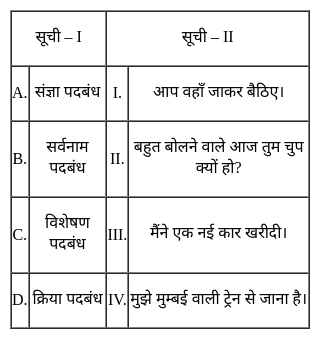
नीचे दिए गए विकल्पों में से सही उत्तर का चयन कीजिए:
निम्नलिखित प्रश्न में, चार विकल्पों में से, उस विकल्प का चयन करें जो दिए गए शब्द के लिए सही द्विगु समास के विग्रह का विकल्प हो।
त्र्यम्बकेश्वर
Two cars start from a point at the same time and travel on two different roads at right angles to each other. Their speed is 18 km/h and 72 km/h respectively. What will be the distance between them after 6 seconds?
Observe the pattern and select appropriate numbers from the given options to fill in the blanks:
1 + 2 + 3 + 4 = 10
2 + 3 + 4 + 5 = 14
3 + 4 + ___ + 6 = ___
4 + 5 + 6 + 7 = 22




